
Black Canyon of the Gunnison National Park is located in western Colorado. The park is situated near the town of Montrose, which is approximately 15 miles to the south. The canyon itself is carved by the Gunnison River and is known for its steep, dramatic cliffs and rugged landscape. The park is divided into two main areas: the North Rim and the South Rim, each offering unique perspectives and access points. The South Rim is more developed and accessible, with the main entrance located off U.S. Highway 50. The North Rim is more remote and accessed via Colorado State Highway 92.

Black Canyon of the Gunnison National Park was established as a national park on October 21, 1999. However, the area was designated as a national monument much earlier, on March 2, 1933, before its status was elevated to a national park.
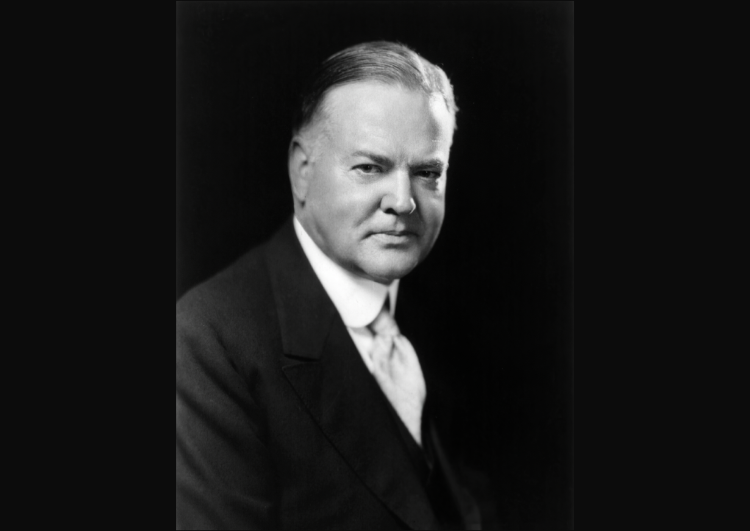

The establishment of Black Canyon of the Gunnison as a protected area was not the result of a single inventor, but rather the outcome of efforts by conservationists and government officials. The initial push to protect the area began in the early 20th century, with local advocates recognizing the unique geological and scenic value of the canyon.
The area was first designated as Black Canyon of the Gunnison National Monument by President Herbert Hoover on March 2, 1933, using the Antiquities Act. This move was largely influenced by the work of individuals such as John Otto, a local custodian and promoter of the monument.
The drive to elevate the monument to national park status culminated in its designation as Black Canyon of the Gunnison National Park on October 21, 1999. This transition was supported by various conservation groups, local stakeholders, and lawmakers who recognized the need for greater protection and management of the area's natural resources and scenic beauty.
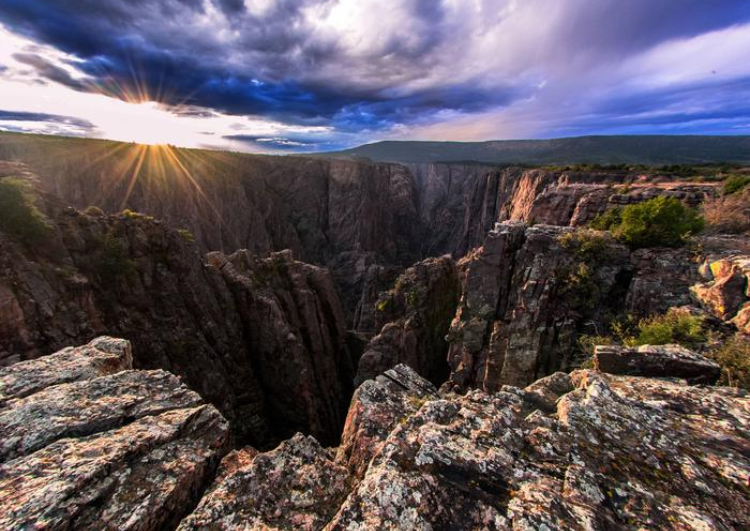

Black Canyon of the Gunnison National Park derives its name from both the canyon's distinctive features and the river that runs through it:
1. **Black Canyon**: The canyon is referred to as "black" because of its sheer, dark, and shadowed walls. The steepness of the canyon walls means that sunlight only illuminates the canyon floor for a very short period each day, giving it a dark and foreboding appearance. Additionally, the dark-colored gneiss and schist rocks that make up much of the canyon contribute to its black appearance.
2. **Gunnison**: The canyon was carved by the Gunnison River, which is named after John W. Gunnison, an explorer and engineer who led an expedition to survey a route for a transcontinental railroad in the mid-19th century. Gunnison played a significant role in the exploration and mapping of the western United States.
Combining these elements, the name "Black Canyon of the Gunnison" reflects both the canyon's dramatic and dark visual characteristics and the historical significance of the Gunnison River.



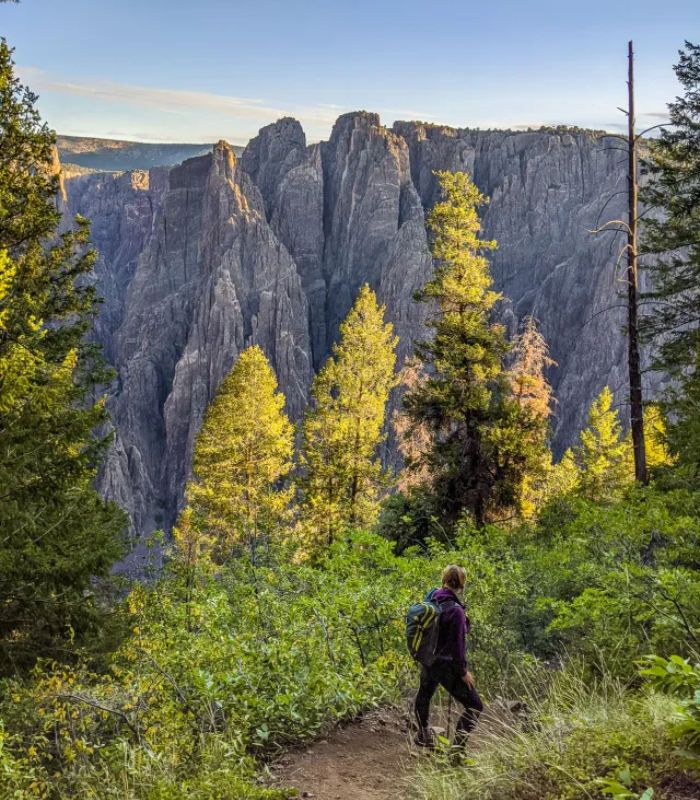
Black Canyon of the Gunnison National Park is a haven for hiking enthusiasts for several compelling reasons:
1. **Dramatic Scenery**: The park offers hikers stunning views of sheer cliffs, dramatic rock formations, and the deep, narrow gorge of the Black Canyon itself. The canyon's rugged beauty and the contrast between the dark canyon walls and the vibrant surroundings make for breathtaking scenery.
2. **Variety of Trails**: The park features a range of hiking trails that cater to different skill levels and interests. From short, easy walks with scenic overlooks to more challenging, strenuous hikes that descend into the canyon, there is something for everyone. Notable trails include the Rim Rock Trail, Warner Point Nature Trail, and the strenuous Gunnison Route.
3. **Wilderness Experience**: Hikers can enjoy a sense of solitude and adventure in the park's less crowded areas, especially on the North Rim and in the inner canyon. The park's remote and rugged terrain provides an excellent opportunity for a true wilderness experience.
4. **Unique Geological Features**: The canyon's geology is fascinating, with its steep walls composed of ancient Precambrian rock and the striking Painted Wall, which is the tallest cliff in Colorado. Hiking through the park allows visitors to appreciate these geological wonders up close.
5. **Wildlife Viewing**: The park is home to diverse wildlife, including mule deer, elk, black bears, and a variety of bird species. Hikers may encounter these animals along the trails, adding an element of excitement and connection to nature.
6. **Photographic Opportunities**: The unique lighting conditions and dramatic landscapes provide exceptional opportunities for photography. Hikers can capture stunning images of the canyon's depths, the Gunnison River, and the panoramic views from the rims.
Overall, Black Canyon of the Gunnison National Park offers a unique and rewarding hiking experience with its combination of dramatic scenery, diverse trails, and opportunities for solitude and wildlife viewing.


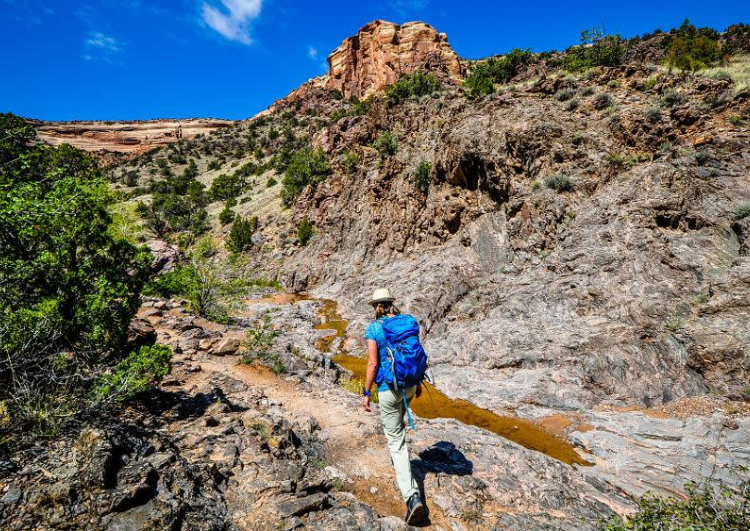


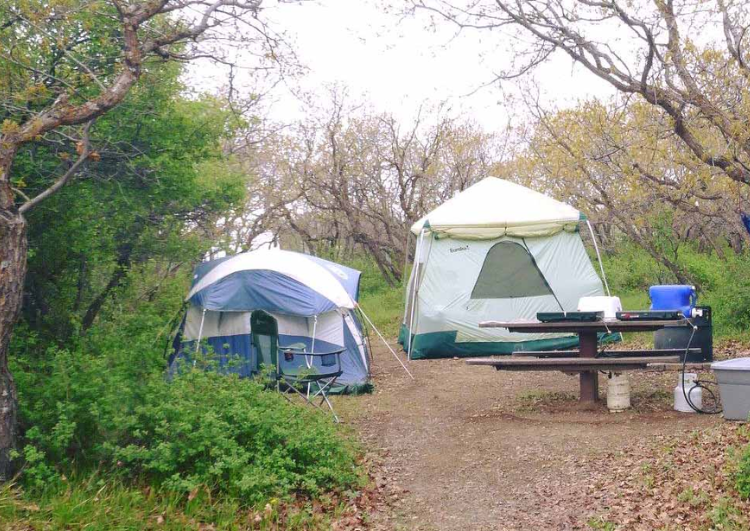
While Black Canyon of the Gunnison National Park offers excellent hiking opportunities, it is not equally suitable for hiking year-round. Here are some considerations for each season:
Spring (March to May):
**Pros**:
- Wildflowers bloom, adding color to the landscape.
- Moderate temperatures make for comfortable hiking conditions.
**Cons**:
- Trails may be muddy from snowmelt.
- Unpredictable weather, including late snowstorms.
Summer (June to August):
**Pros**:
- Long daylight hours for extended hikes.
- All park facilities and trails are open.
**Cons**:
- High temperatures, especially on exposed trails.
- Crowded, particularly at popular viewpoints and trails.
Fall (September to November):
**Pros**:
- Cooler temperatures are ideal for hiking.
- Fall foliage adds to the scenic beauty.
- Fewer crowds compared to summer.
**Cons**:
- Shorter daylight hours.
- Early snowstorms can occur in late fall, especially at higher elevations.
Winter (December to February):
**Pros**:
- Solitude, as the park sees fewer visitors.
- Unique beauty with snow-covered landscapes.
**Cons**:
- Many trails and roads, particularly on the North Rim, may be closed due to snow.
- Cold temperatures and potentially hazardous conditions.
Overall Recommendations:
Best Time to Visit: Late spring (May) and early fall (September to October) are generally the best times for hiking due to moderate temperatures, fewer crowds, and scenic beauty.
Winter Hiking: Suitable only for those prepared for snow and cold weather, with appropriate gear and experience in winter conditions.
Summer Hiking: Start early in the day to avoid the heat and bring plenty of water and sun protection.
In summary, while Black Canyon of the Gunnison National Park offers hiking opportunities throughout the year, the best times to visit for hiking are typically late spring and early fall when the weather is more favorable, and the trails are more accessible.